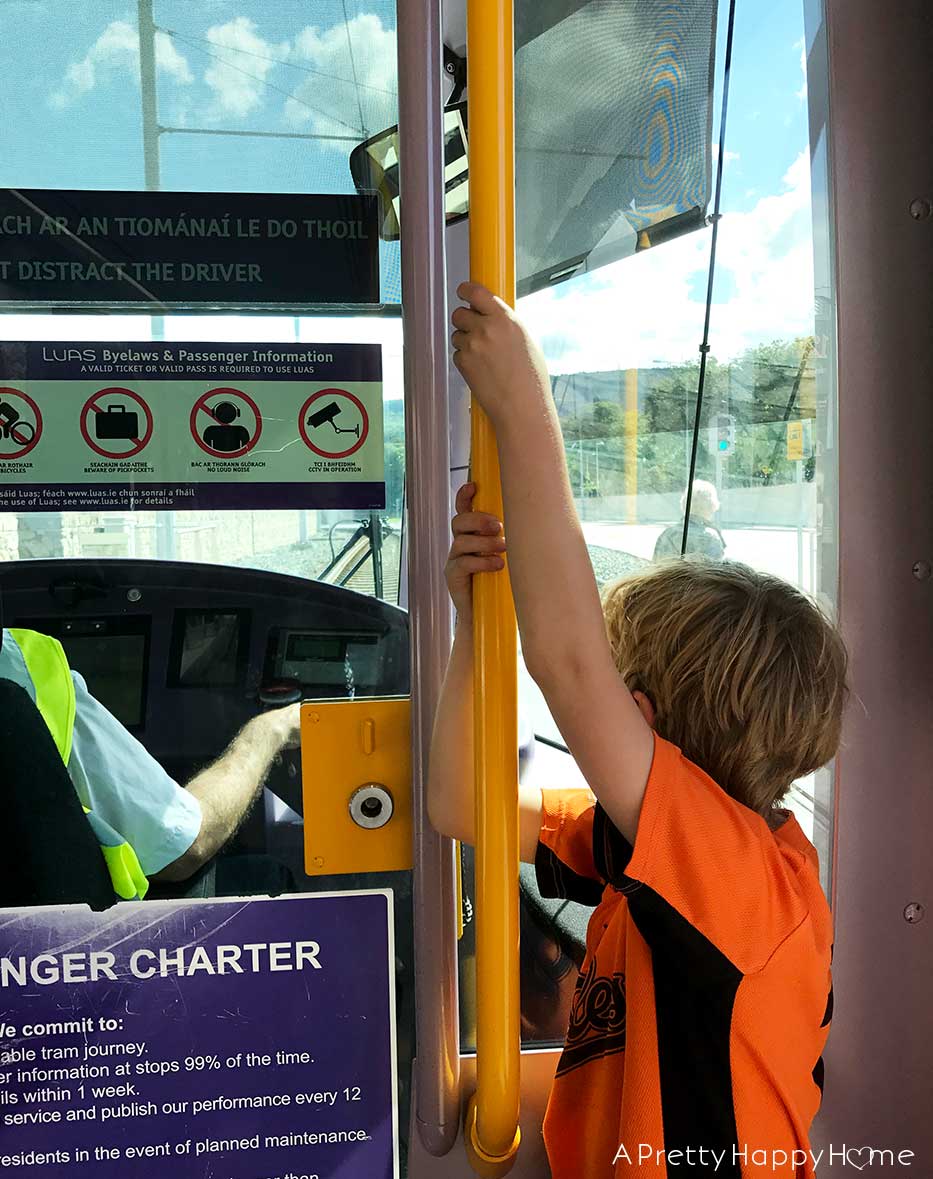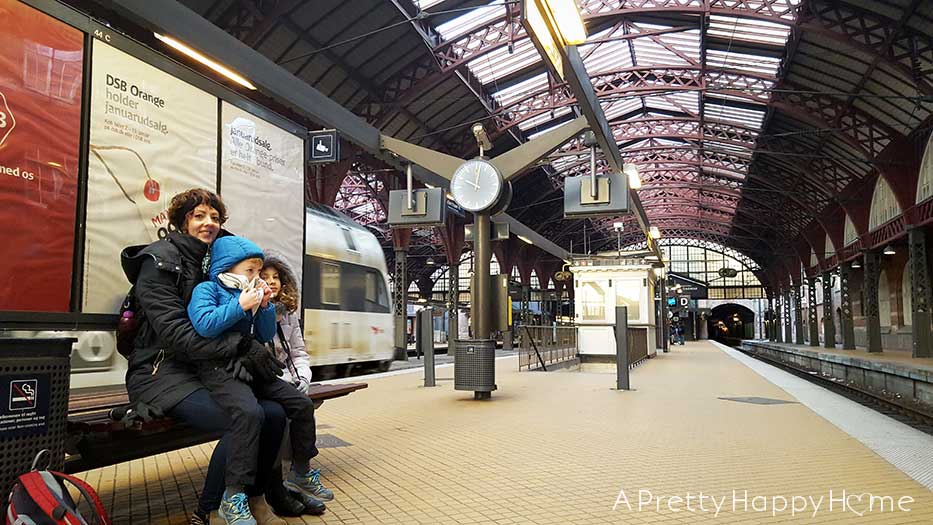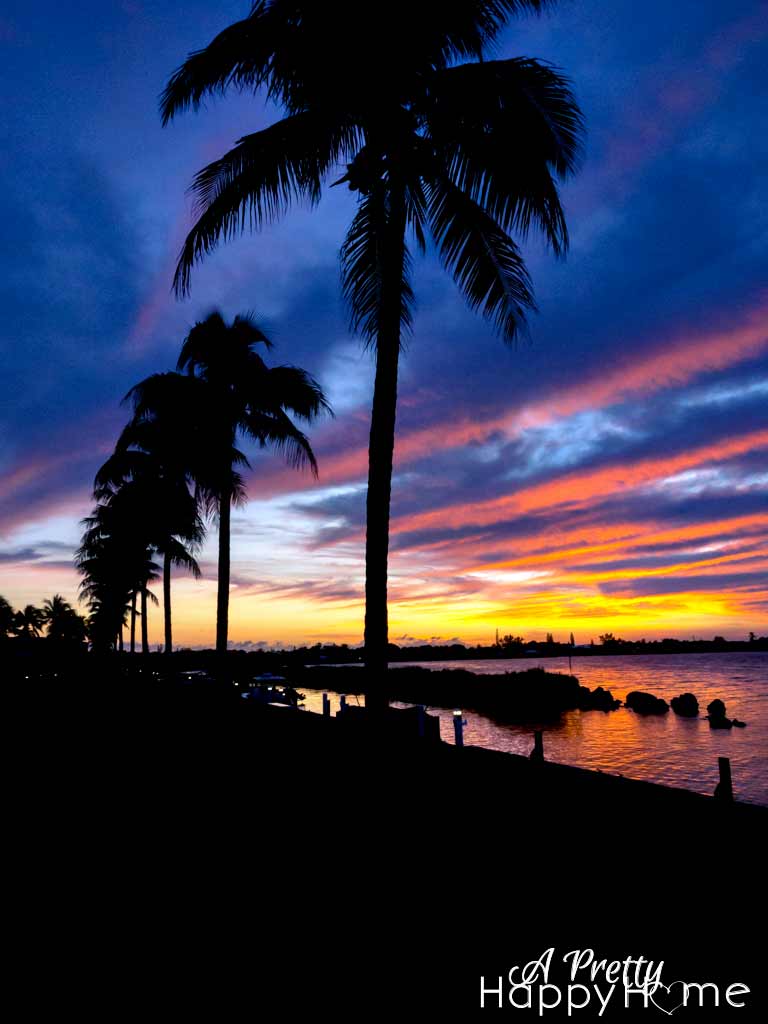
Travel With Kids: Safety Tips for Foreign Travel
I’m not a safety expert, but I am a mom who overthinks ALL. THE. THINGS.
Especially when we are traveling with kids in a foreign country because there is plenty of opportunity for things to go wrong. Specifically, there’s increased opportunity for my kids to get lost.
I have two kids, ages 8 and 11, who have already visited 11 countries. We are American citizens who just spent two years living in Dublin, Ireland. It was a big change moving from the U.S. where we NEVER used public transportation to living in a foreign country and ONLY using public transportation – even for going to school.
I’ve learned a few things about what has worked so far in keeping our kids safe while traveling and living in a foreign country. Is it full-proof? Of course not. I’m not sure anything is, but we’re trying our best to be prepared, to be safe and to be aware.
And I hope it is enough.
Remember, I’m not an expert and in this day and age I feel like a billion disclaimers should go here, which is kind of sad. I simply want to share what we are doing in the hope that it will prompt you to think about safety while traveling in a foreign country with children. Most of these ideas can be applied to domestic travel too.
This is not an exhaustive list, so I’d love to hear your safety tips. Please share them in the comments below. You never know when they might help someone else!
Safety Tip #1: Write Down Your Contact Information
My kids are too young to have their own cell phone, but they do know how to call an emergency operator. They also have memorized my cell phone number.
However, when traveling in a foreign country they also need to know my cell phone number PLUS the country code. Dialing in a foreign country can be confusing – even for me! As a side note, it’s always a good idea to make sure your phone can make and receive international calls when you land in a foreign country.
In a stressful situation, I’m not going to trust that my kids can remember my phone number plus the country code. Do you know your country code? Do you know how to call an emergency operator in a foreign country? It’s not 911 outside of the U.S.
Plus, I never know how language barriers might factor into a situation. Especially if an emergency responder is dealing with a distraught child.
With that in mind, I write down my child’s name, my name, where we are staying and my phone number on a piece of paper and that goes in my child’s pocket or shoe for safekeeping. Also, I let them know WHY that piece of paper is important and periodically check to see if they still have it.
We’ve never had to use it, but knock-on-wood if they need it when we are traveling they will have it.
You can also buy safety bracelets on Amazon. These bracelets would be particularly helpful if you have kids under 5 who might not remember the slip of paper in their pocket. Or if your child doesn’t have pockets or perhaps you’re going to a beach and need something that is waterproof. I’ve seen parents in the U.S. utilizing these safety bracelets when going to theme parks, water parks and fairs too. I’ve also seen a version that helps identify any medical conditions the child has that an emergency responder might need to know.
Safety Tip #2: Make a Public Transportation Contingency Plan
When we first moved to Dublin, we had to get used to riding on trains and buses. It was something we’d never done! Sometimes, when the train or bus was crowded, getting on and off with a family was a bit tricky. I especially felt this way when visiting Paris and riding the Metro.
It prompted us to make a plan for what to do in the unlikely event we became separated.
A terrifying close call on a bus in Dublin really drove home the point that having a plan is so important. This close call was one of those weird instances where our routine was disrupted.
Normally, when I’m using public transportation with the kids, I would get off last to make sure everyone was with me. In this instance with our entire family, a last minute dash off a bus meant that my son went off first, I went off second, my husband third. Our daughter got stuck behind a gentleman who had boarded the bus and was paying his fare. She was too polite to push around him, which is normally a quality you want to foster in a child.
Except in this situation.
The bus driver closed the door and started to drive away WITH MY DAUGHTER STILL ONBOARD.
I don’t remember thinking. Just reacting.
It’s a good thing buses aren’t known for their speed because neither am I.
I ended up running alongside the bus pounding on the door for the driver to stop and let her off. It couldn’t have been more than 5 seconds, but that’s all it takes for something really bad to happen.
A lot of things went wrong in that scenario. A lot. I can still feel that sinking feeling in my stomach just recounting this incident. Please learn from my mistakes because this one was a wake up call AND a learning opportunity.
When my heart rate returned to normal, I asked my daughter what she would have done if the bus didn’t stop. She responded “get off at the next stop and wait.”
She said that because that was our family PLAN.
When riding public transportation, discuss with your kids (even the older ones) what to do if you get separated. For instance, you get off a train or a bus, but they don’t.
What should they do? Your plans are going to depend on your family situation, where you are and the age of your kids. We’ve adopted the premise that it is harder to find kids if they are on the move.
Periodically, we run through these “what if” scenarios with our kids. It terrifies me all the variables at play, so we stick to the simplest plan that everyone can remember. It’s not full proof and I’d rather use preventative measures, but I know firsthand that things can go wrong.
I can’t tell you what your plan should be because I don’t know your situation. (And I’m not an expert. Have we established that?) What matters is that you come up with a plan that works for your family.
Safety Tip #3: Discuss Safety at Attractions and Events
When visiting a museum or attraction, we also discuss with our kids basic safety information particular to that venue. This is important no matter where you are traveling, but particularly if you are traveling in a foreign country where language barriers might be an issue.
I will point out to the kids where the exits are and where and what the customer service or help desk looks like. More often than not, someone (or many people) working in customer service at a major attraction will speak English. Often, signs will be in multiple languages too, but not always.
I also point out what uniform the staff is wearing. I want them to know who should be a safe adult to talk to if they are lost. Uniforms are not all the same. It could be a bright blue polo shirt with a museum logo or it could be green camouflage and berets.
When we visited France in 2018, the military patrolled all the tourist attractions. As unsettling as it was for me to see people carrying huge guns and rounds of ammo in public, I wanted my kids to know that, in this instance, those service members would be safe people to talk to if they were in trouble.
I also get my kids involved in our excursions. It’s a great opportunity to teach them situational awareness and to build their independence and confidence.
Kids love maps and tourist attractions often have great maps. Teaching kids to read a map (or a train schedule) and generally creating awareness of direction is a very good thing. My kids are still learning, of course, but over time these skills will help them become independent travelers.
Safety Tip #4: Ask Questions Before You Go
I’m mainly referring to foreign travel, but for any trip with kids – ask questions before you go.
It could be as simple as calling to inquire (or reading the FAQs on an attraction’s website) about what footwear you should wear on a particular excursion. It could be confirming a tour operator’s safety record. It could be asking how you will actually get back to your resort after a boat ride. I can tell you I didn’t imagine having to jump out of a boat in the surf in the Dominican Republic to wade back to our hotel. True story. That could have ended badly and I should have asked more questions.
Read about other parents’ experiences visiting the area you will be traveling to as well. Their blog posts, tips and online comments can be invaluable.
Check the U.S. State Department website for travel alerts. You can scan local news headlines for information about things that are happening too. We did this when traveling to Barcelona around the time when protests about Catalan independence were happening.
Make friends with your hotel concierge or front desk staff! Seriously. They can give you tips about the easiest (and safest) way to get around a city with kids. They can give you information on areas to avoid, particularly if something recent has developed. Again, in Barcelona we got the local scoop from hotel staff on what was happening with the protests during our visit (very little and not in the areas we were visiting), just so that we didn’t inadvertently walk into a situation we weren’t prepared to handle.
Well. This blog post feels like a bit of downer.
I’m SUPER fun to travel with, I promise you! Just ask my kids after I’ve grilled them about our ‘family safety plan!’ HA!
The vast majority of our foreign travel has been with our kids in tow and I don’t regret a minute of it. Sure, we see more parks and kid-friendly places than your average tourist traveling without young children. On the flip side, I also get to experience the wonder of these cities and countries through their eyes and they notice and appreciate things that I never would. I’m grateful to them for that.
At the end of the day, we are all parents who love our kids to pieces and are doing our best to keep them safe and sound with the resources we have.
I’m imploring you to think about safety while traveling with kids. Think about what you would do. Think about having a plan. Think about a backup in case the plan goes awry. Just think about it. Trust your gut. Maybe someday it will help.
Happy and SAFE travels to you all!
Thanks for reading! If you enjoy traveling, check out one of these posts!
Travel: West Point Military Academy
Travel: Paterson Great Falls National Historic Park
Travel: Mt. St. Helens National Volcanic Monument
Visiting Ireland: The Book of Kells
Travel: One Day in London with Kids
Travel: One Day in Berlin with Kids
Visiting Ireland: Kilmainham Gaol Museum
Visiting Ireland: St. Patrick’s Day
Travel: The Weird Thing I Always Pack
Travel: Eiffel Tower With Kids
Travel: Copenhagen, Denmark With Kids
Visiting Ireland: The Cliffs of Moher and Aran Island With Kids
A Day in Malmo, Sweden With Kids
Visiting Ireland: Galway With Kids
Visiting Ireland: Kissing the Blarney Stone at Blarney Castle
Our Favorite Irish Castle Tour with Kids
Travel: Tips for Visiting the Dominican Republic
Travel: Fort Walton Beach and Destin, Florida with Kids
Travel: Charlotte, North Carolina with Kids
*affiliate link in this post*








